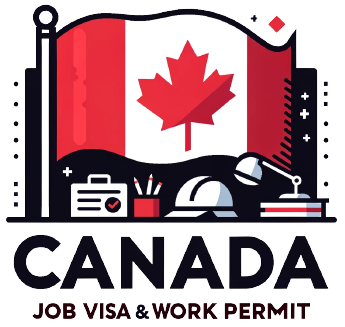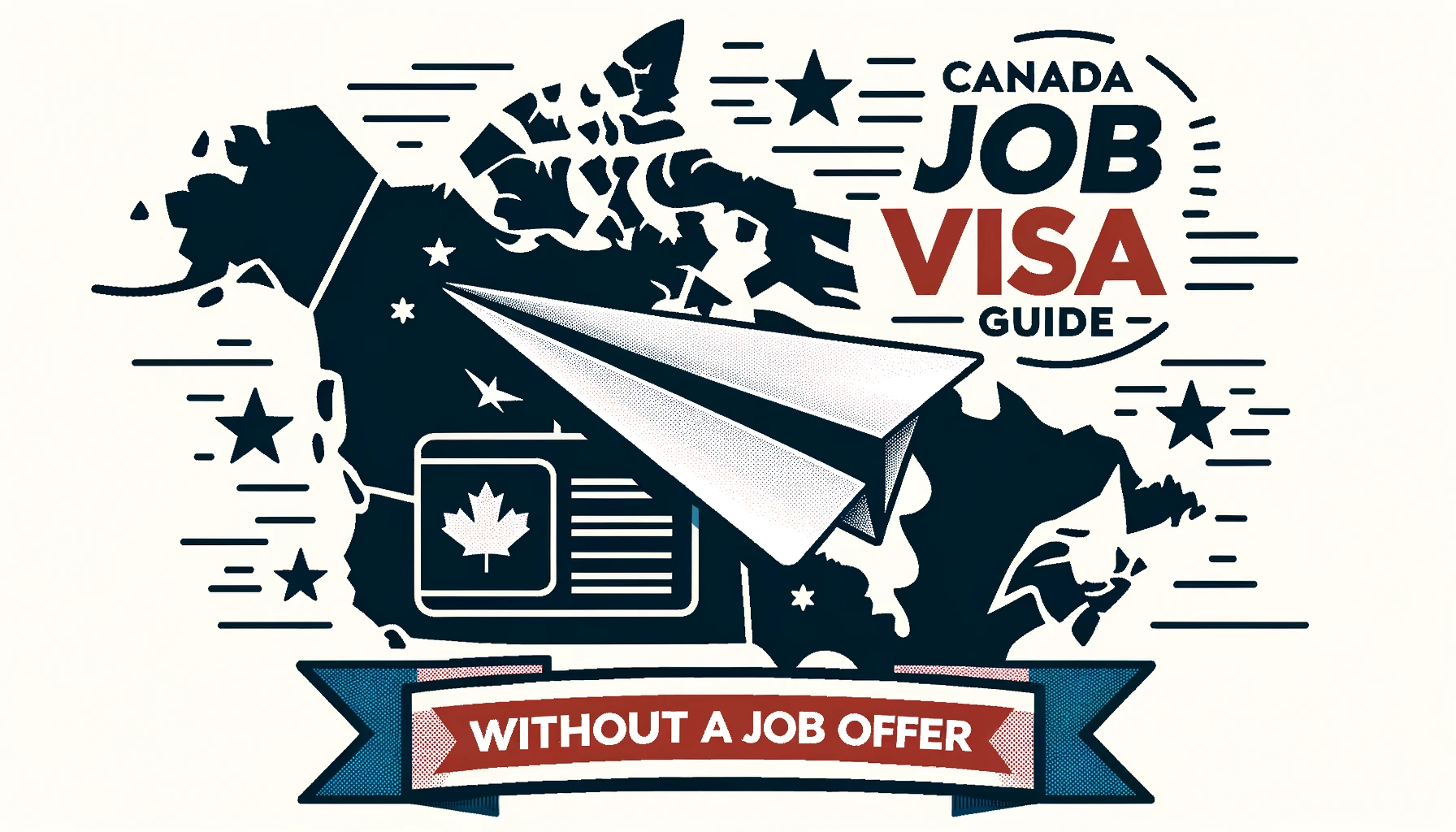Embarking on the journey to work abroad can be an exhilarating yet daunting adventure, especially for those eyeing the diverse and welcoming shores of Canada. For many, the process of securing a job visa can seem intricate and rigid, particularly when a job offer isn’t already in hand. Fortunately, there are pathways that potential immigrants can explore to navigate through the Canadian job visa process without a pre-arranged job.
1. Trying Out the Express Entry System
Imagine Canada has a big basket, and they’re collecting profiles of people from all over the world who want to live and work there – that’s what they call the Express Entry System. It’s like a big pool where everyone hoping to get selected needs to jump in. But here’s the thing – not everyone in the pool will get picked to come to Canada. They choose people based on certain things like how well they speak English or French, their age, the type of work they’ve done before, and their education.
Tips to Optimize Your Express Entry Profile:
- Enhancing Language Proficiency: Ensure your language skills, in English or French, are up to the mark. Engaging in language courses and securing notable scores in IELTS or TEF can bolster your profile.
- Uplifting Educational Credentials: Your educational qualifications can be a ticket to higher points. Ensure your credentials are assessed and recognized in Canada to gain relevant points.
- Garnering Work Experience: Amass comprehensive and skilled work experience to make your profile stand out, even without a job offer in hand.
2. Navigating through Provincial Nominee Programs (PNPs)
Various provinces in Canada have distinct labor demands, and to cater to these, they run their own immigration programs known as Provincial Nominee Programs (PNPs). Some provinces offer pathways for individuals without a job offer, provided they meet the specific criteria laid out by the respective province.
Choosing the Right Province:
- Analyzing Labor Demands: Delve into the labor market trends of various provinces and identify where your skills could be in demand.
- Adapting to Provincial Requirements: Tailor your profile and application to meet the unique requirements posed by different provinces.
Absolutely, let’s simplify the explanation for point 3, “Capitalizing on the Atlantic Immigration Pilot”.
3. Taking a Chance with the Atlantic Immigration Pilot
Imagine you have a lovely garden, but you need help taking care of it because it’s just too big for one person. That’s a bit like some areas in Canada – they have lots of work available but not enough people to do it. So, they created something called the Atlantic Immigration Pilot.
Think of this as a special program that helps bring people from other countries to work in four specific places in Canada – Newfoundland and Labrador, Prince Edward Island, Nova Scotia, and New Brunswick. These places are all by the beautiful Atlantic Ocean – hence the name!
But here’s a tiny hiccup – usually, they want you to have a job offer from a company in one of these places. However, don’t worry too much about it! There are a few clever ways to increase your chances without having a job waiting:
- Making Friends in Canada: Try to connect with people who live in these provinces. They might know of job opportunities and can help you get to know the place even before you move!
- Show Them What You’ve Got: Make sure to let them know about all the amazing skills you have. If you can do something they need, they might just give you a chance!
And there you go, the Atlantic Immigration Pilot might just be your ticket to a new adventure in Canada, even without a job offer in hand!
4. Utilizing the Rural and Northern Immigration Pilot
This pilot program is designed to spread the benefits of economic immigration to smaller communities by creating a path to permanent residence for skilled foreign workers who want to work and live in one of the participating communities.
Strategies to Approach this Pilot Program:
- Community Involvement: Engage with the communities, participate in local events, and understand their culture and demands.
- Skill Alignment: Ensure your skills align with the requirements of the communities involved in the program.
Strategies to Approach this Pilot Program:
- Get to Know the Community: Imagine moving to a new neighborhood. It’s always a good idea to know about the people, the culture, and what the community is like, right? So, if you’re thinking about moving to one of these special communities in Canada, try to learn as much as you can about them. Maybe join a local group online, or participate in any virtual events they might have.
- Matching Your Skills: Picture this – if a community has a lot of farms, they might need people who know about farming. If they have a lot of schools, they might need teachers. So, think about what you’re really good at, and see if it matches what the community needs. If you’re good at something they need, they might just roll out the welcome mat for you!
Conclusion
Embarking on the Canadian immigration journey without a job offer might seem like navigating through uncharted territories. However, with the right information, meticulous planning, and strategic profile-building, the path can be smoothed out. Canada, with its myriad of immigration programs, provides ample opportunities for individuals to explore their dreams and build a future in its vibrant and inclusive environment.

